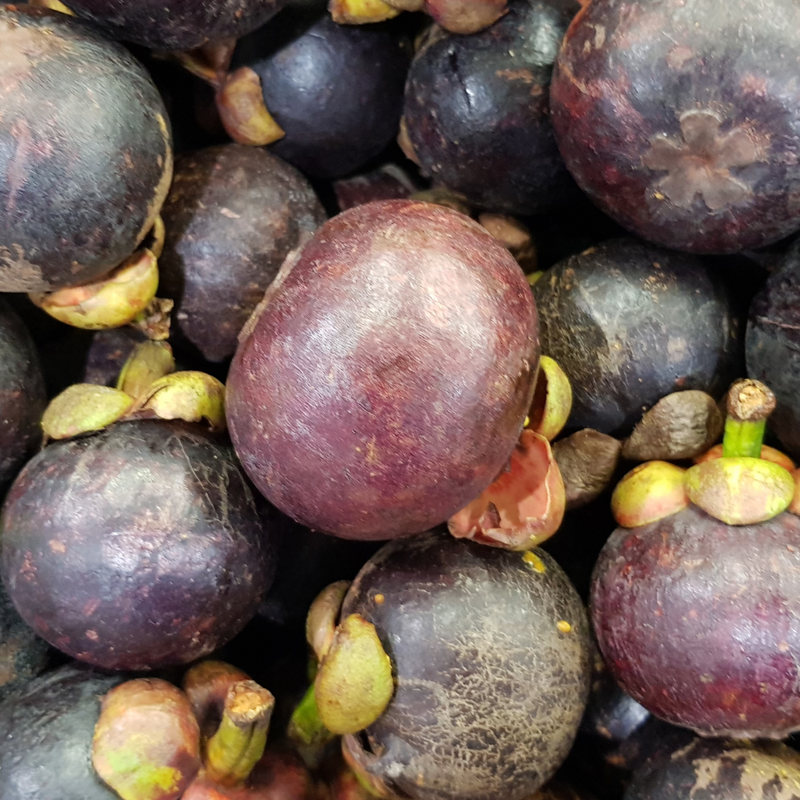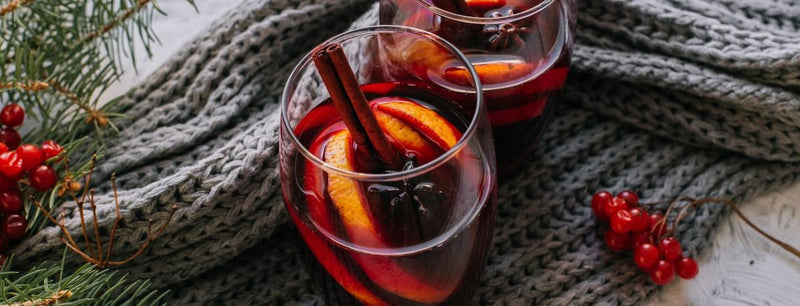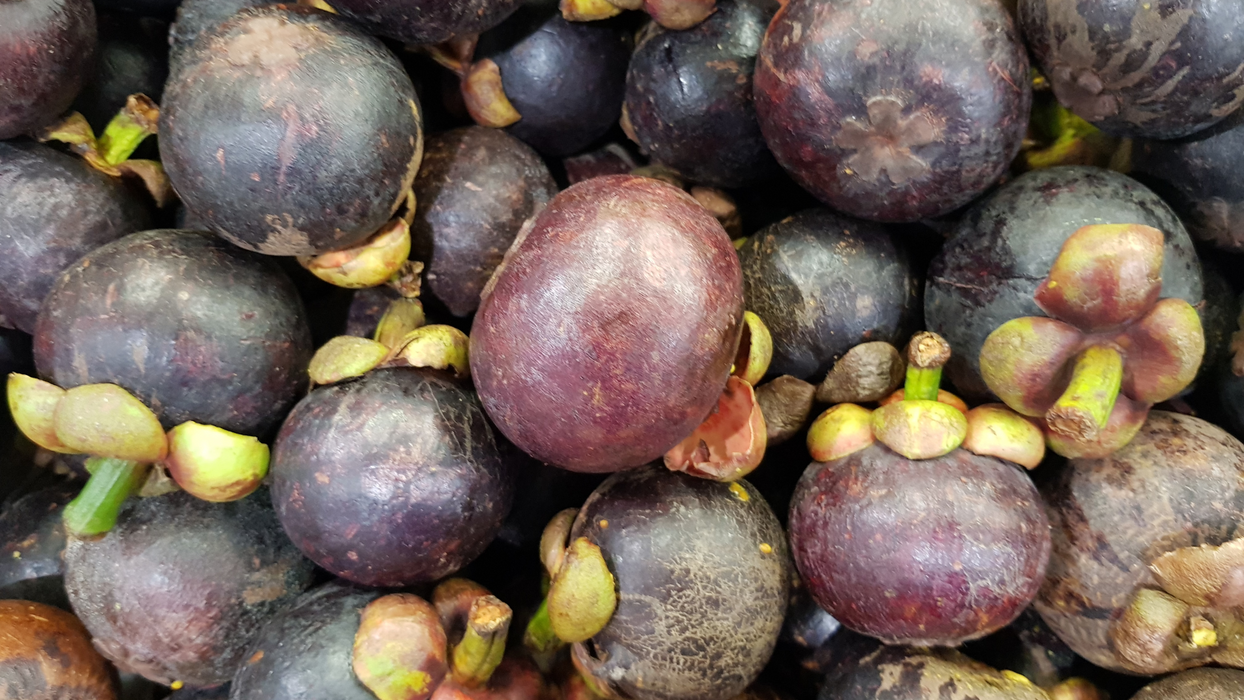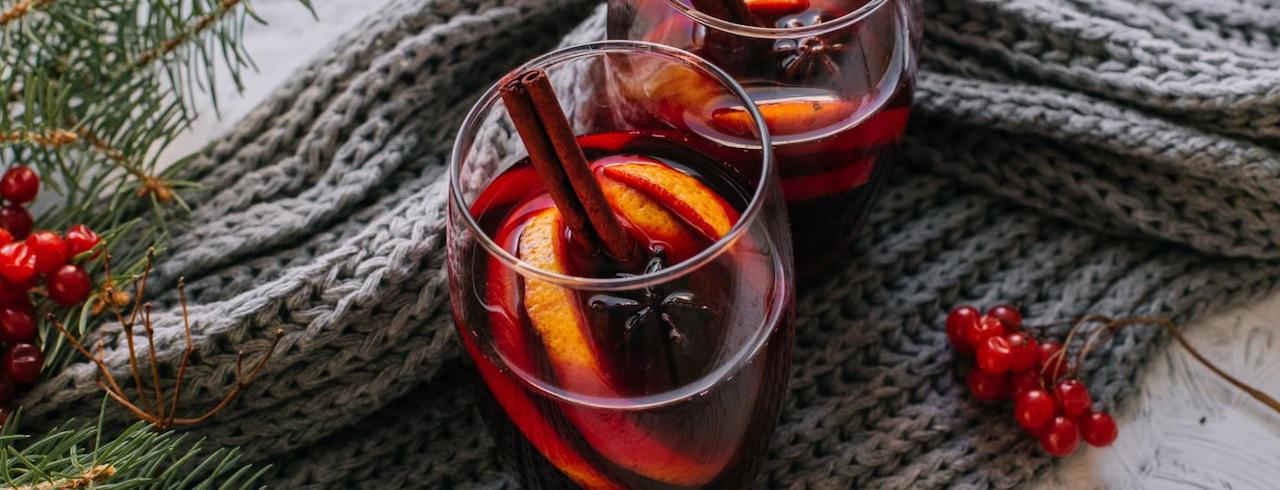
10 Fun Facts About Red Wine
The most popular type of wine globally, red wine’s popularity stretches as far back as the sandy deltas of Ancient Egypt.
Renowned for its beautiful colors, complex flavors, and invigorating tannins, red wine encompasses a wide range of celebrated varietals and blends such as Cabernet Sauvignon, Merlot, and Syrah. Proudly representing historic regions such as Tuscany and modern meccas like Napa Valley, red production also thrives in several idyllic, culturally rich areas worldwide.
Like any great piece of our culture, there are endless things to learn about the cultivation, production, and drinking of wine. To help further introduce you to the wonders of a bottle of red, we present Wine Insiders’ 10 Fun Facts About Red Wine:

1. Red Wine Has Multiple Health Benefits
Fortunately, this is one of the few widespread health-based rumors from talk shows, social media, and billboards that are actually true! Red wine can help the body in multiple ways:
Consumed in moderation, red wine may help improve heart health through polyphenols, a type of antioxidant that protects blood vessels in your heart.
Additionally, resveratrol, an antioxidant-like plant compound found in red wine, provides further potential health benefits such as lowered levels of harmful cholesterol and a decreased chance of blood clots, according to the Mayo Clinic.
Note: While the health benefits of red wine are wonderful news for vino lovers, it’s essential for all of us to limit our wine consumption to healthy levels (one drink per day for women, two drinks per day for men).
2. Grape “Skins” Make Wine Red
Unlike white wines, which are made by separating a grape’s juice from its skin, reds remain in contact with the grape’s skin for the entirety of the fermentation process.
In addition to creating the deep, beautiful colors of red wine, the contact between juice and skin during this process leads to the unique, fruit-forward flavor profiles found in your favorite bottles of Pinot Noir, Bordeaux, etc.
Interestingly enough, the skins of red grapes also contain melatonin, which helps explain red wine’s famous sleep-inducing effects.
3. Some White Wines Come From “Red Wine” Grapes
Since the primary difference between the production of red and white wine is the use of grape “skins,” it is possible to make white wine from red grapes by removing the skin before the fermentation process.
While this seems like it might be the last resort for wine producers, this unique fermentation style creates blanco and bianco (white in Italian and Spanish, respectively) varietals of Cabernet and Sangiovese.
4. Red Wine Outsells White Wine In the United States
According to data from Nielsen, red varietals and blends accounted for 46% of all wine sold to American customers in 2020, compared to 44% for white wine and 10% for “pink wine.”
Among this 46%, the most popular varietals are Cabernet Sauvignon and Pinot Noir.
5. Red Wine Is More Tannic Than White Wine
Related to other plant compounds we discussed earlier; tannins are one of the properties that make a bottle of red truly unique.
Thought to be an evolutionary measure by plants to discourage animals from eating them, tannins are the compounds that lend wines their trademark bitterness. Since they originate in both the grape’s skin and juice, reds have a higher concentration of tannins than whites.
This concentration contributes to the “dry” sensation created by tannin-rich bottles such as Malbec and Merlot and also explains why astringent red wines pair well with fatty meats such as steak, lamb, and venison.
6. Reds Thrive Between 58-65˚F
While white wines (particularly sparkling blends like Champagne) taste delicious at temperatures as low as 45–50°F, the flavor profile of reds peak at higher temperatures.
Research shows the ideal temperature for a red wine to be between 58–65°F because this range best allows these wines to express their taste and tannins.
On this note, the strength of tannins is the best factor for determining where your red wine falls within this temperature range:
For red wines with weaker tannins, such as Gamay, the colder end of this temperature range will best express the aroma and flavor of your bottle.
For bottles with more robust tannins, like a Cabernet, the temperature range's warmer end will create the ultimate drinking experience.
7. There Are Eight Primary Types of Red Wine
When browsing popular wine sellers like Wine Insiders, you will consistently spot eight types of red wine:
8. Red Wines Lighten as They Age
To the surprise of some, red wines transition from dark, ruby hues to lighter shades of red as they age.
As we previously explained, contact with grape skin lends red wine its color, but it also provides the wine with its initially strong tannin profile.
Over time, however, these tannins soften, leading to smoother red wines with lighter colors. This explains why well-aged reds display rusty, brick red colors rather than their former scarlet glow.
9. There Are Specific Glasses for All Types of Red Wine
When drinking wine, the proper glass is pivotal for accessing the full range of taste and aroma the wine has to offer.
For red wines, the ideal glass type to use depends on the profile of the varietal or blend you’re drinking:
For full-bodied red wines, we recommend using a large “Bordeaux” glass, which has a wider opening -- ideal for delivering a smoother taste without compromising critical aromas found in bolder options like a Cabernet Sauvignon.
For medium-bodied reds, we recommend a standard red wine glass. Simple to find and often inexpensive to purchase, these glasses are the perfect vessel for softening spices and delivering wine quickly through a smaller opening. This glass type is ideal for wines like Zinfandel, Malbec, and Syrah.
Lastly, we recommend a large-bowl “Bourgogne” (Burgundy) glass for lighter-bodied red wines, particularly those with a floral aroma. This glass features a large bowl that helps capture the tastes and smells of wines such as Gamay, Pinot Noir, and Nebbiolo.
10. Decanting Red Wine Heightens The Drinking Experience
Wine connoisseurs decant (pour into a separate container before serving) red wine before drinking for multiple reasons:
First, decanting separates the wine itself from sediment that accumulates in the bottle during the aging process. This separation prevents any unwanted sediment from negatively affecting the flavor of a red varietal or blend.
Secondly, the decanting process “aerates” the wine, adding oxygen to enhance the wine’s flavor and aroma.
Wine Insiders: Your Home for Red Wine
Here at Wine Insiders, we craft a wide-ranging selection of red wines lovingly chosen to satisfy all kinds of wine enthusiasts. Hand-selected by our staff and ready-to-serve with your favorite snacks and meals, we have you covered for every occasion.





